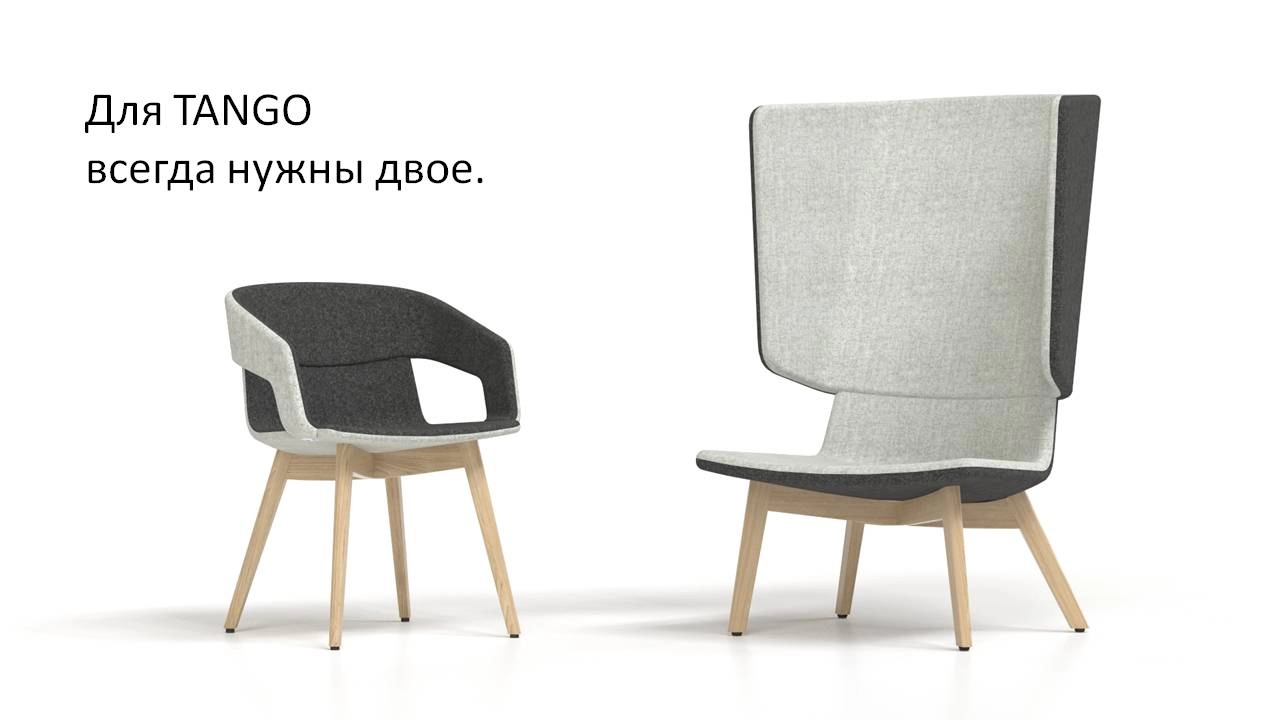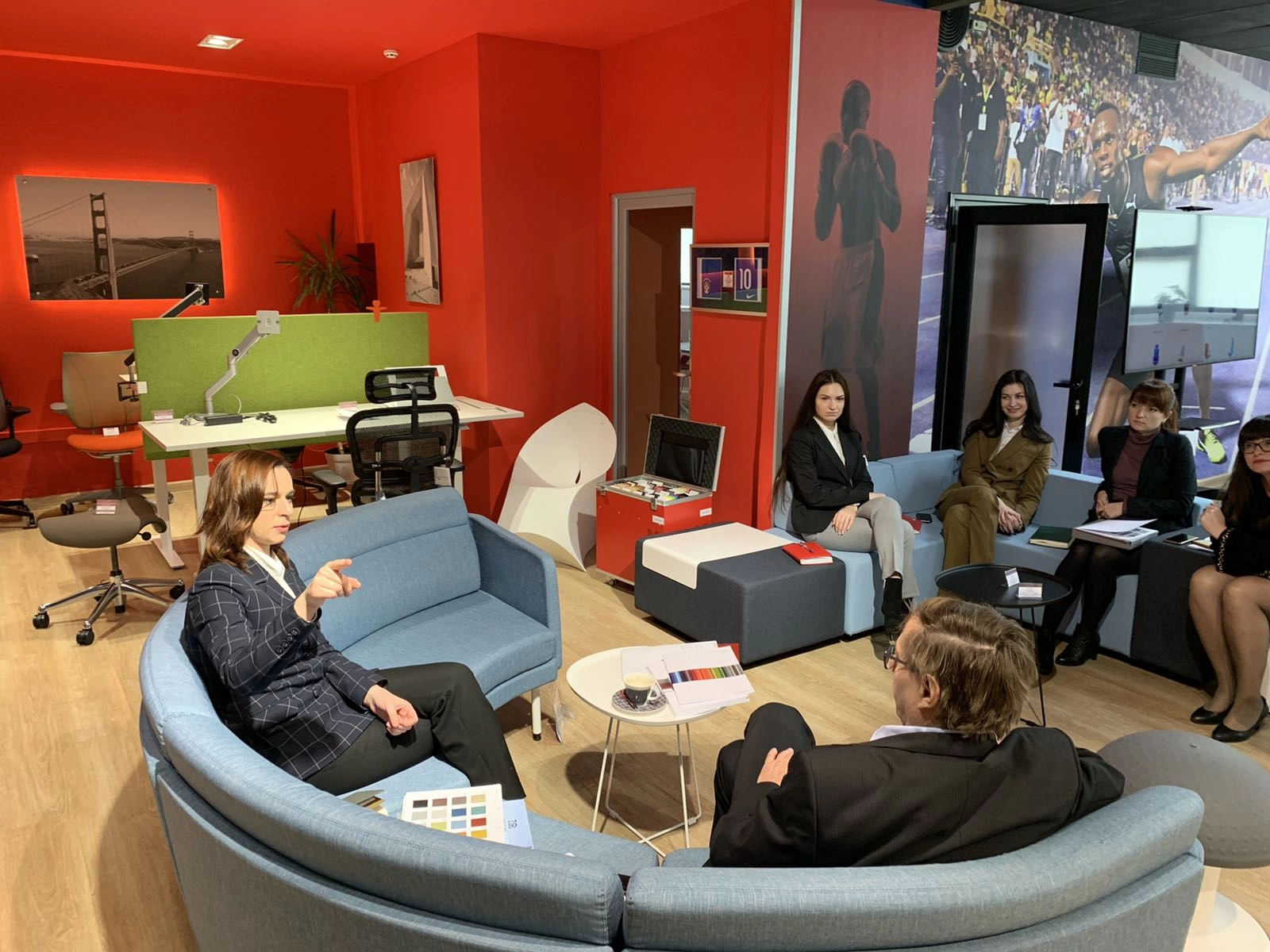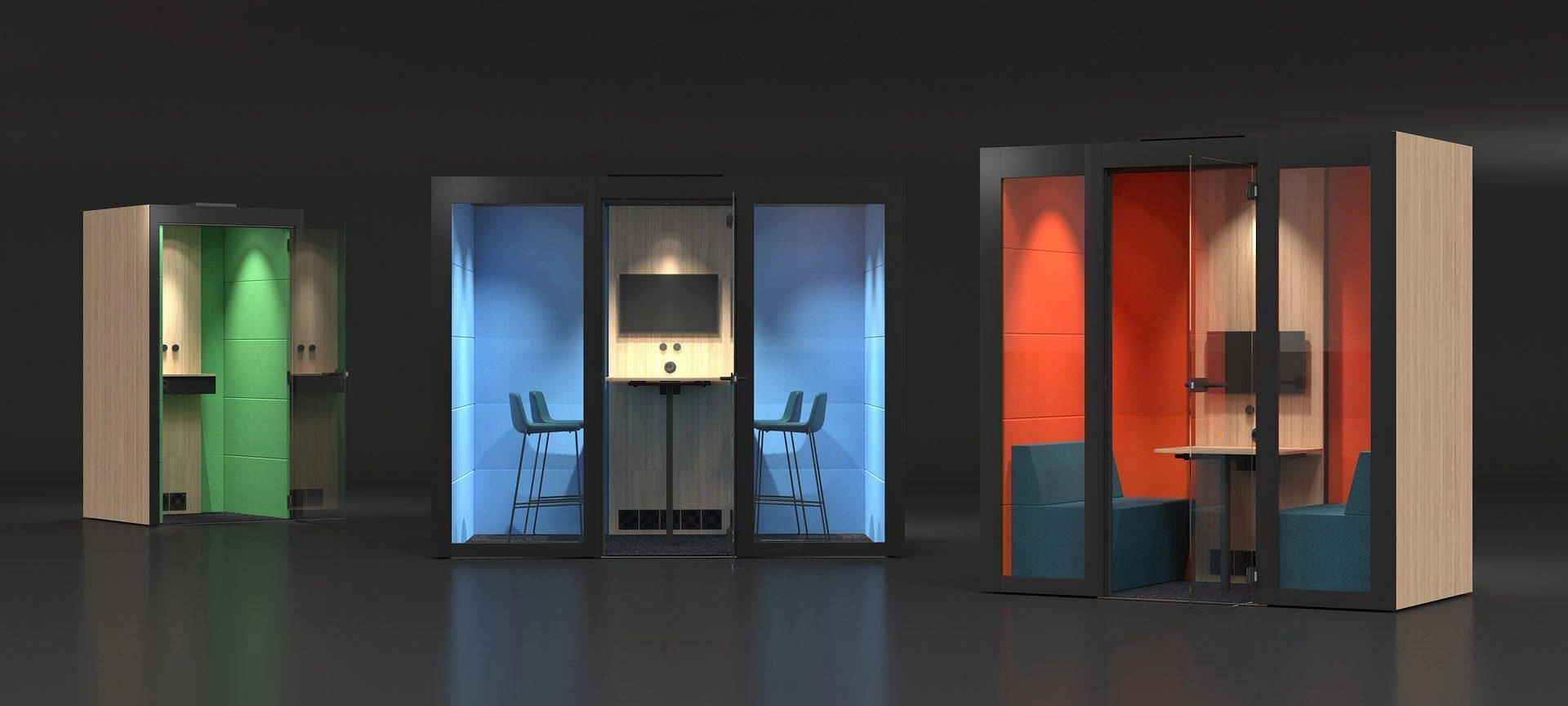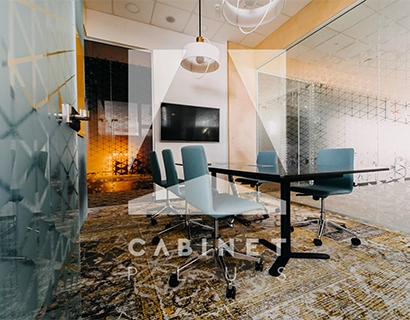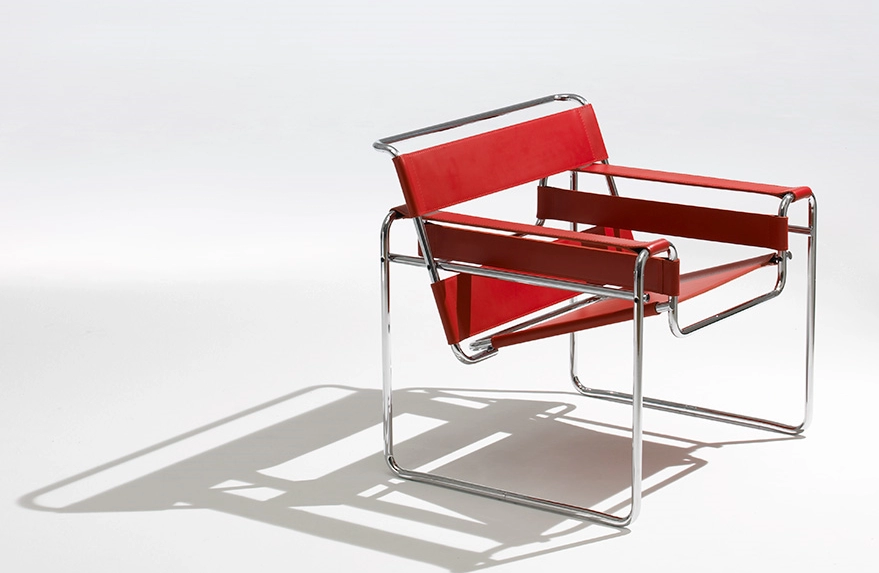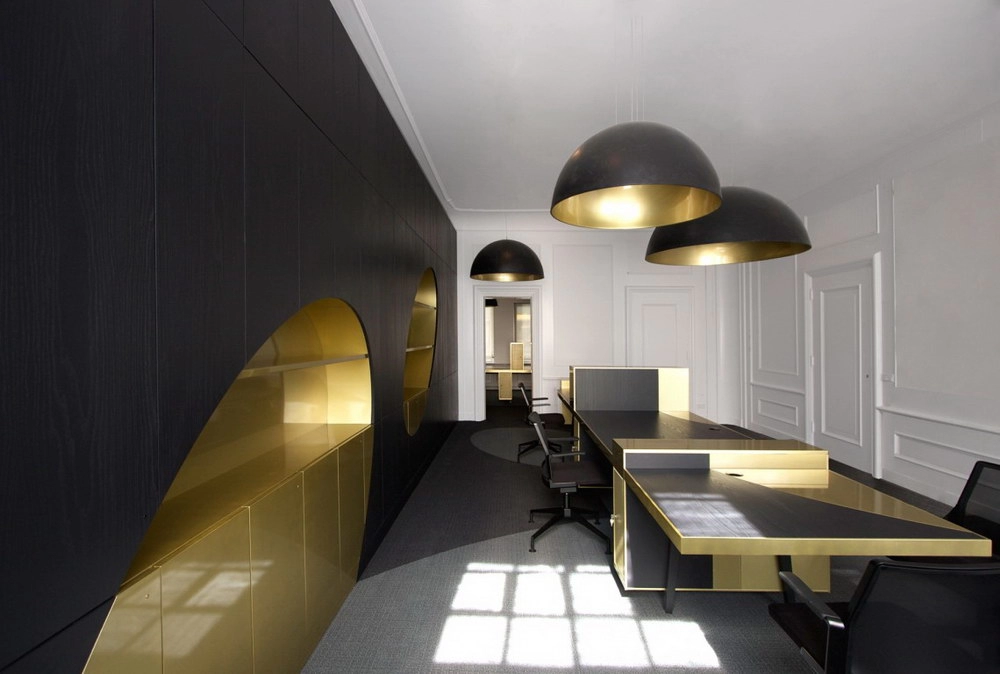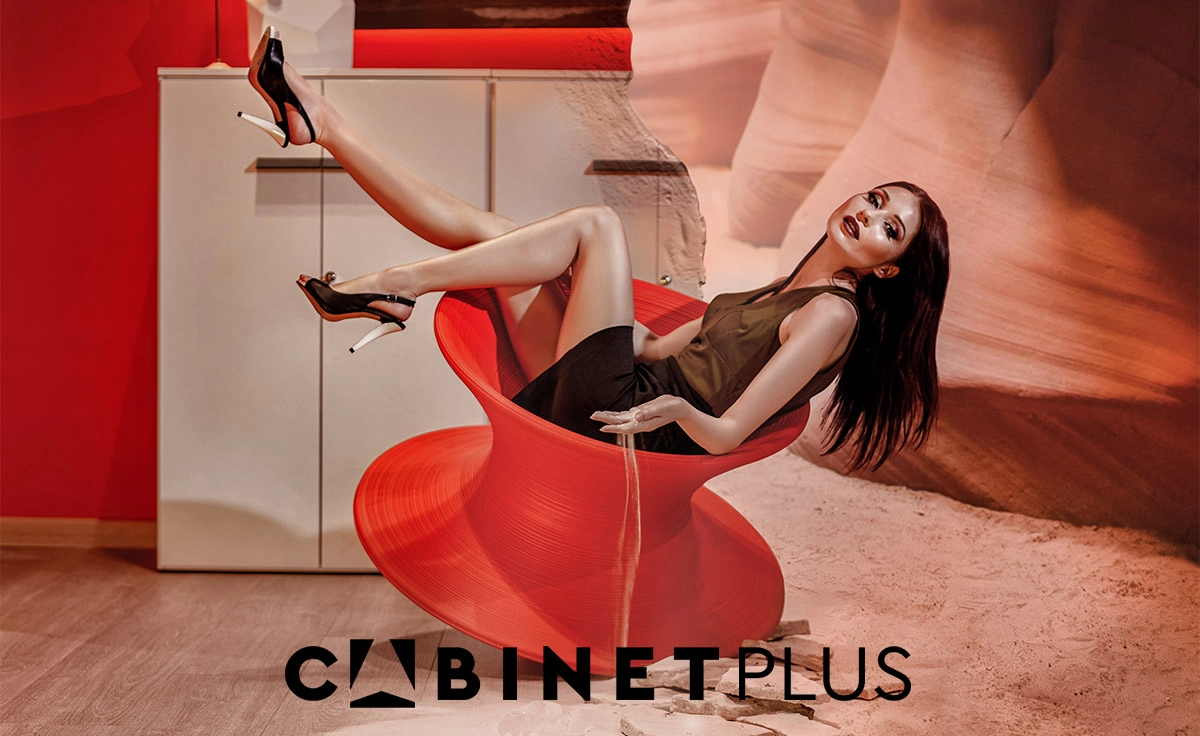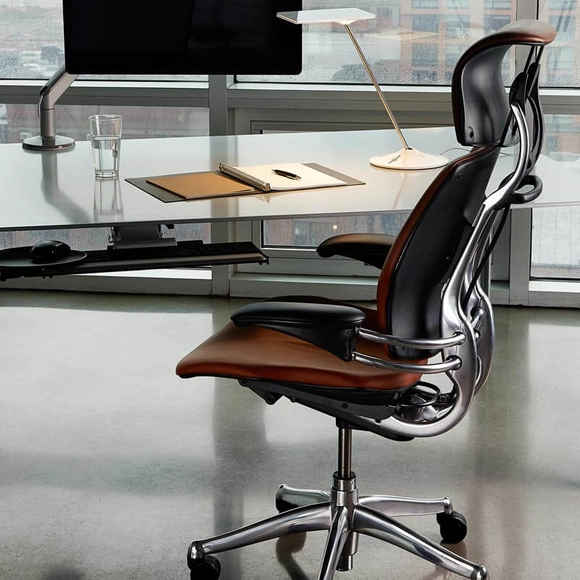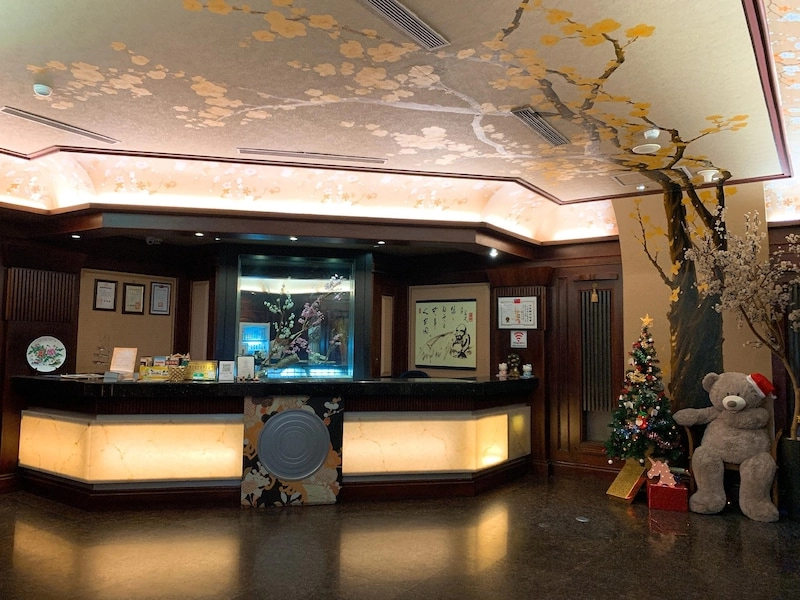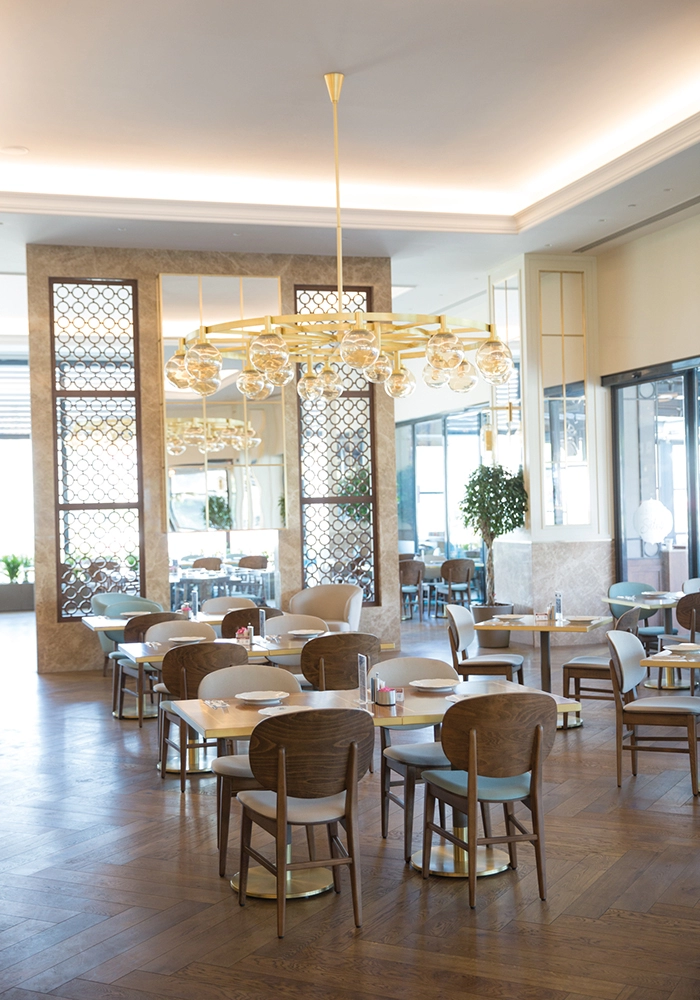
Cabinet.md - we create spaces that inspire success.
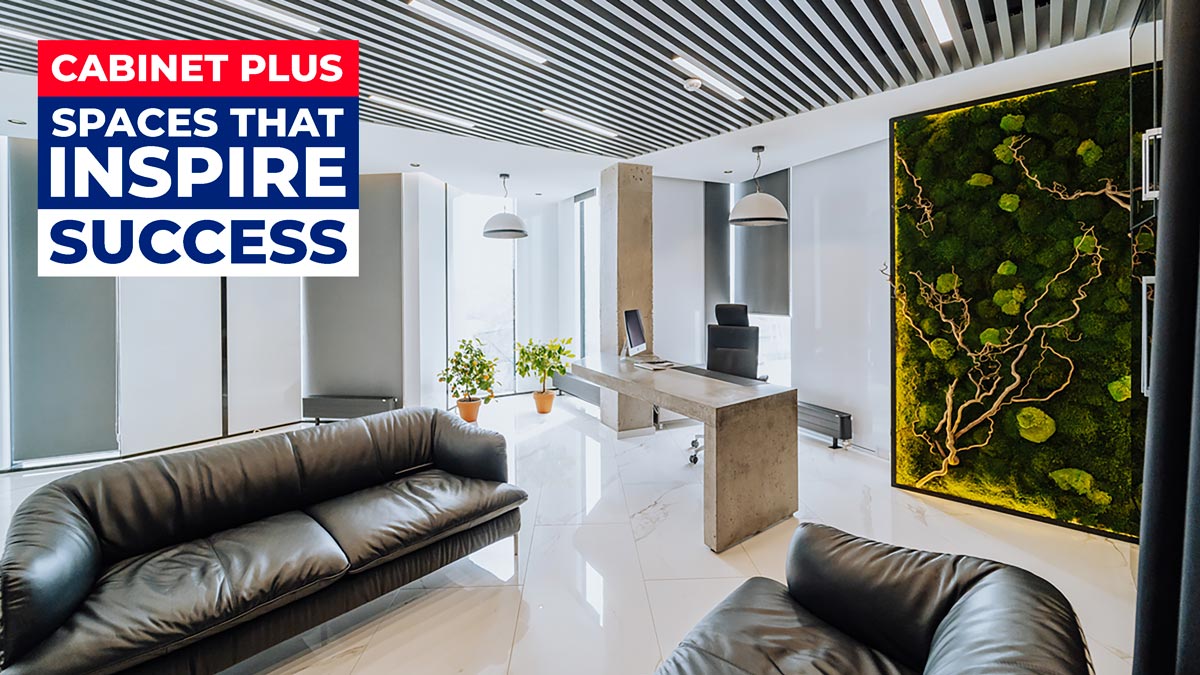
Although people tend to think of themselves as rational, much of the decision-making process is driven by emotion, often in the form of an unconscious and immediate response to stimuli.
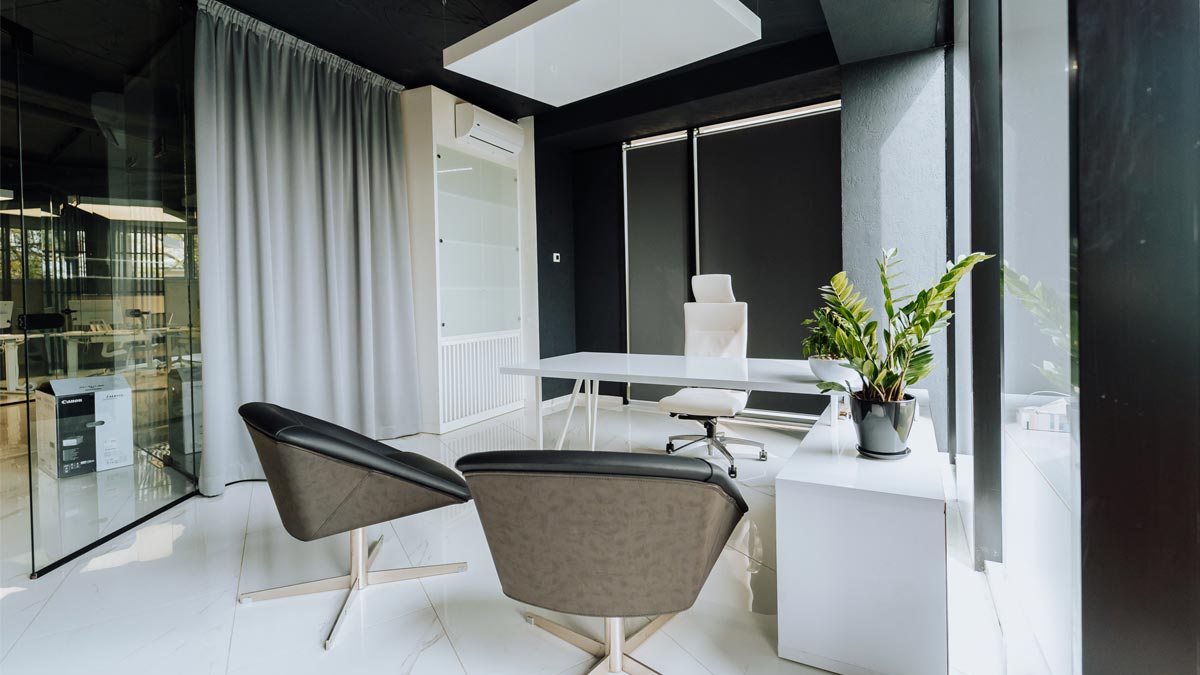
The strategic approach to designing workspaces from Cabinet.md, taking into account emotions, is an integral part of the principles of successful office space design.
Office design and its impact on employees.
Pleasant design can have a lasting impact on those who use the space or visit it frequently, thanks in part to its memory appeal. These strong memories are imprinted on the mind because of the emotional reaction experienced at that moment. Design can generate a strong emotional response due to surprise and delight. Unpredictable and unexpected experiences trigger the release of dopamine in the brain as a high point in memories, to which they will often return. A design that surprises and delights in key moments of the experience triggers an emotional connection between person and space.
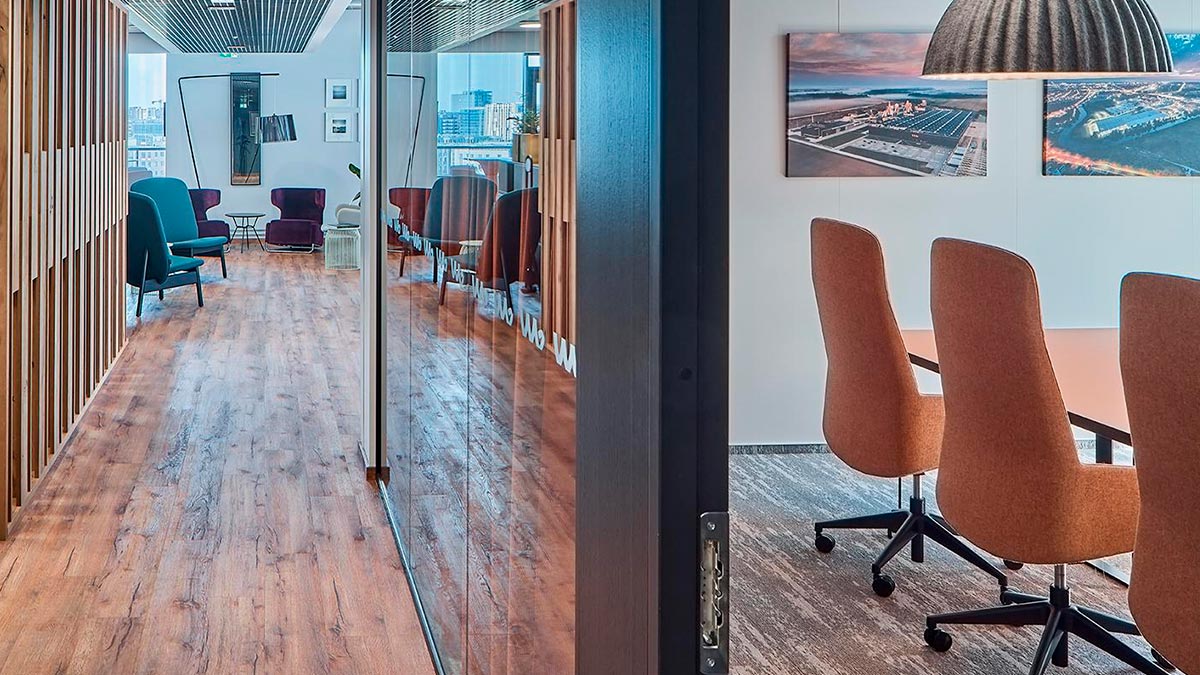
Office design can evoke a strong emotional response through surprise and delight.
How does the design provide surprise and excitement to the storytelling? By activating all five senses, including the sense of smell, which is most closely associated with memory. Touchpoints, such as print materials that trigger increased brain activity, are placed along the path to purchase to create a connection and guide them through the design narrative.
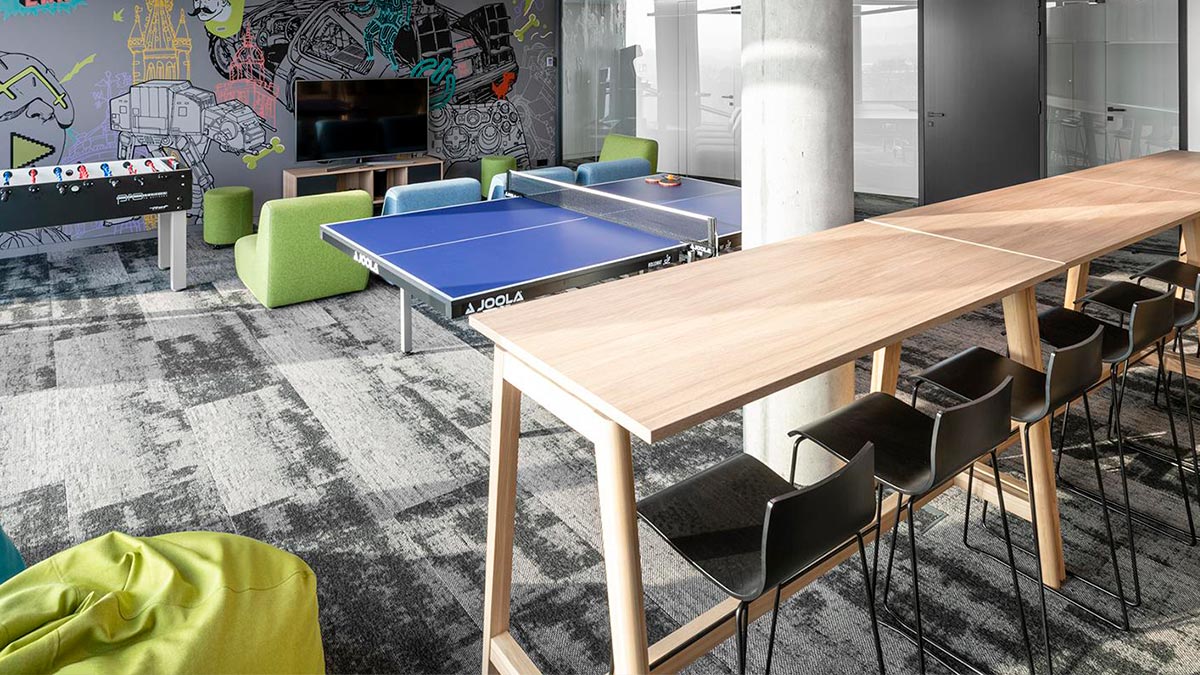
Encouraging others to interact with space - participating through cognitive, social, or physical activity in space - will create an intuitive, impressive experience when compared to mere observation.
A space design that accurately reflects the cultural, social, and behavioral characteristics of the people using the space can improve work, life, and interactions, and create larger-scale business solutions.
Cabinet.md - we create spaces that inspire success.
Other news
All news










